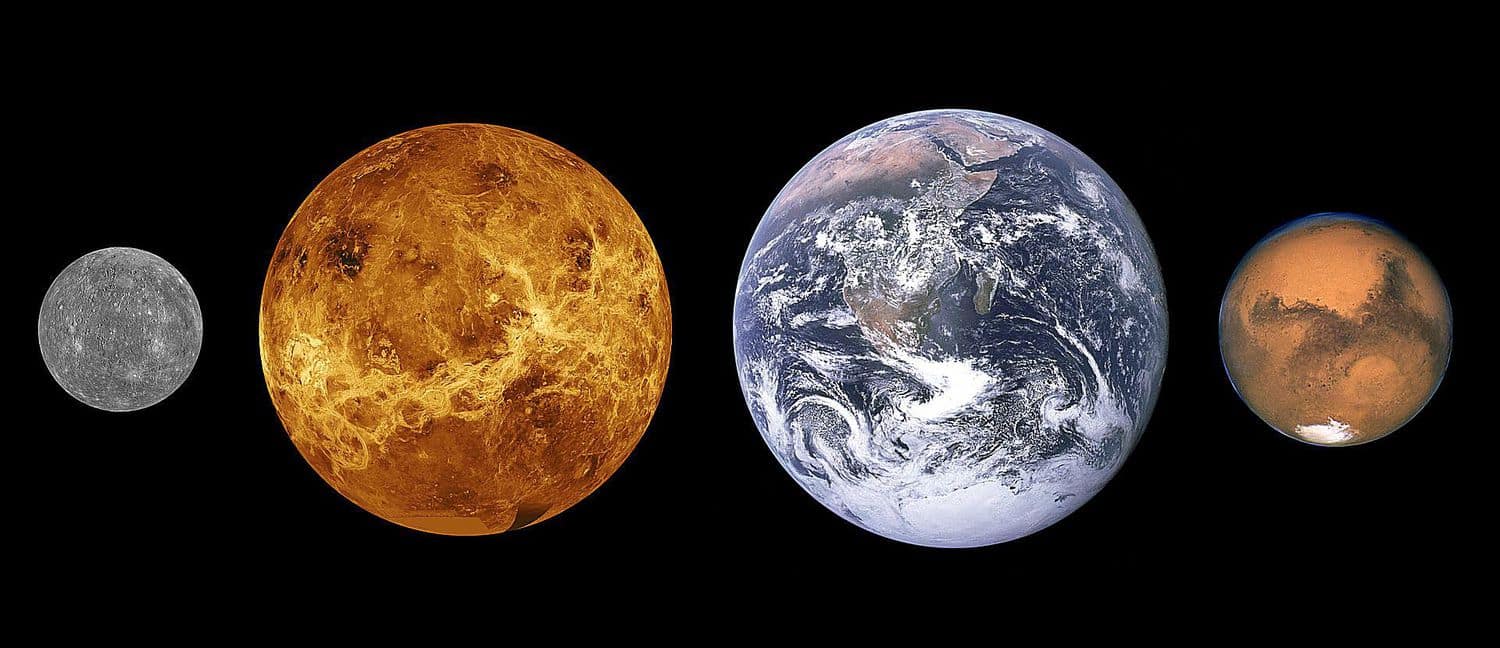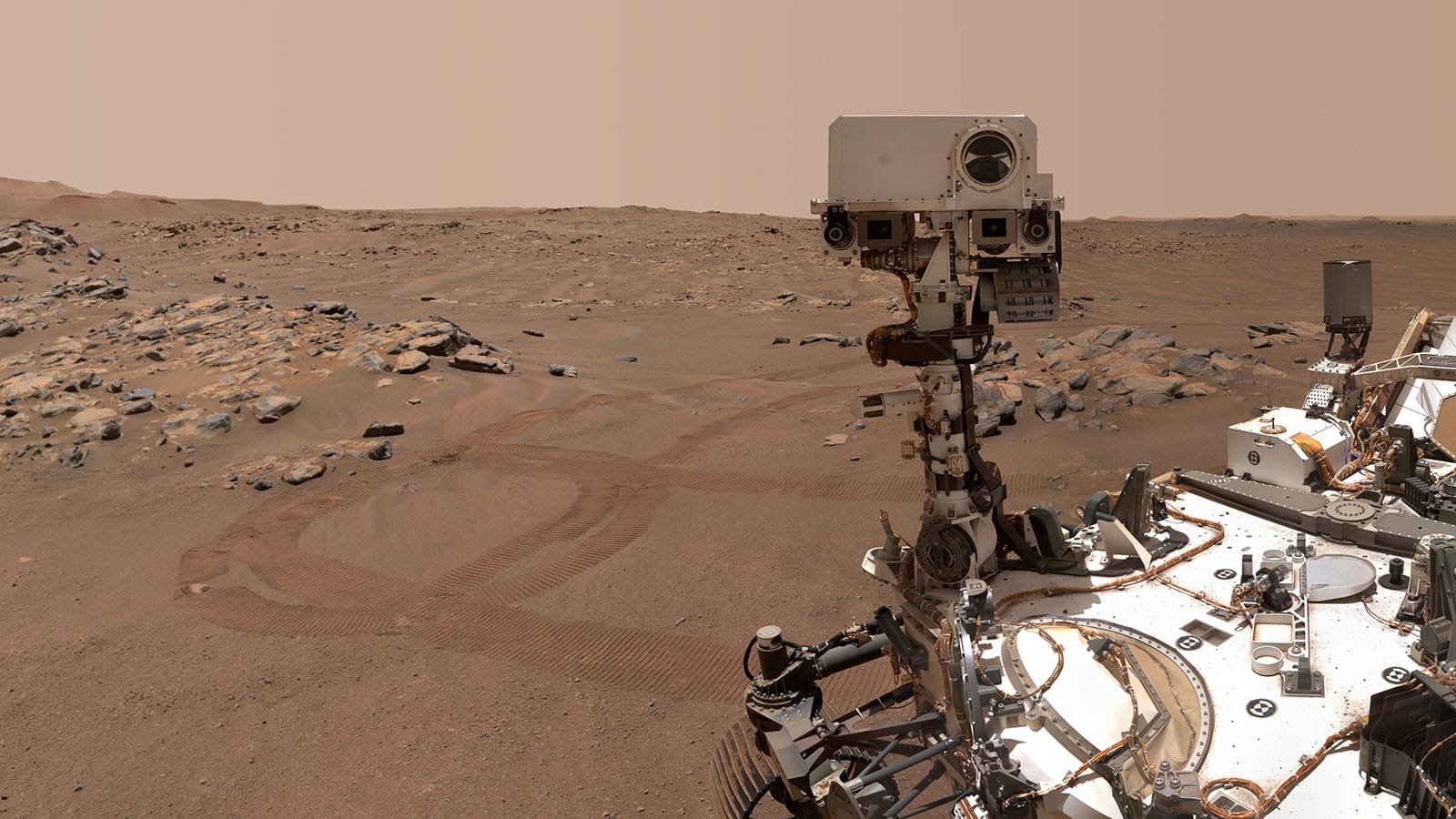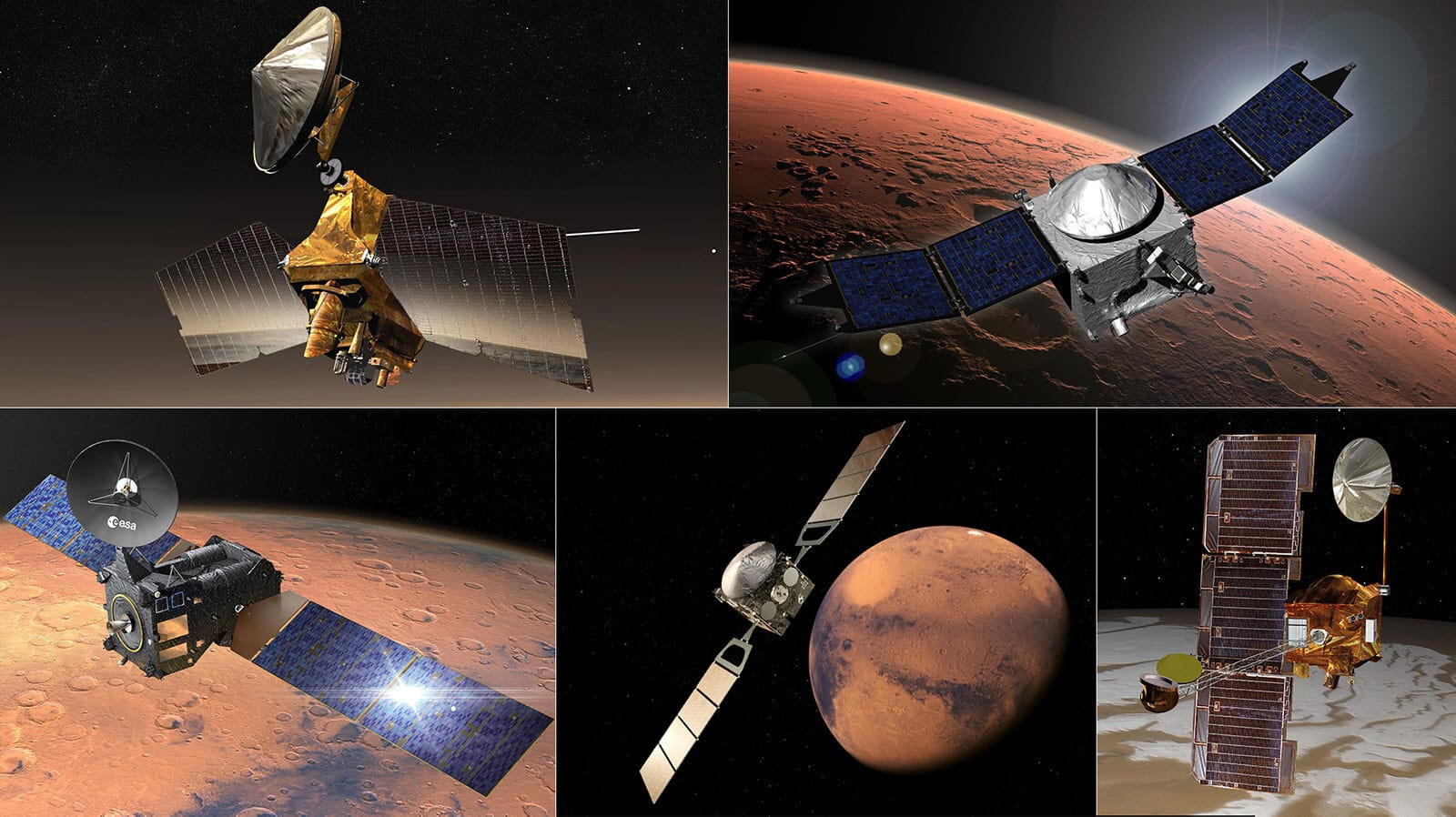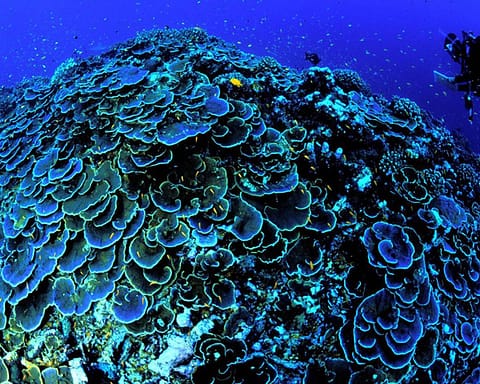Mars is a mysterious planet that is associated with numerous legends and mysteries. There are theories that suggest that there was once a highly advanced civilization on this planet. Due to a powerful natural catastrophe, the civilization perished, but it is possible that some of the Martian beings managed to survive and relocated to the nearest planet, Earth.
Our closest neighbor

Mars is the fourth planet from the Sun. Its mass is only 10.7% compared to Earth. The similarity between Mars and our planet lies in the fact that both planets have their axes inclined in orbit almost identically, and they also have similar rotation periods. Mars is slightly flattened at the poles and expanded at the equator, just like Earth.
The planet experiences four seasons, just like on Earth. Its surface is covered with mountains, craters, and ice caps at the poles. Sandstorms rage across the entire planet. Astrophysicists have studied Mars extensively. It has been proven that Mars once had water and its own atmosphere, and the Martian climate was similar to that of Earth.
The planet is called the “Red” planet because the dominant material on its surface, magnetite (iron oxide), gives it a reddish hue.
The first explorations

The first successful landing on the planet was carried out by the Soviet Union. This happened on December 2, 1971, with the Mars-3 interplanetary space station. The spacecraft was supposed to release a Mars rover and start transmitting data. However, for reasons unknown to this day, the transmission was interrupted after 14.5 seconds. The spacecraft only managed to transmit a few images of the Martian surface.
The first color photographs from the surface of Mars were transmitted by the Martian interplanetary spacecraft “Viking-1”. “Viking-1” and “Viking-2” determined the composition of the planet’s soil and analyzed it for any signs of life. The results turned out to be negative.
Mars’ satellites

Mars has two satellites orbiting around it – Phobos and Deimos. Both satellites rotate around the planet and their own axes. Phobos is the larger inner satellite. Scientists have different opinions about the origin of these satellites: some believe that they are asteroids captured by the planet, while others are convinced that Mars once had a single satellite that split into two parts.
The highest mountain and the largest canyon
Despite its small size, the planet has a gigantic system of canyons. It is called the Mariner Valley, named after the American spacecraft that discovered it. This system is ten times larger and deeper than the Grand Canyon and is considered the largest in the Solar System.
The highest mountain in the Solar System, Olympus Mons, is also found on Mars. It reaches a height of 26 kilometers and has a diameter of 540 kilometers. The mountain is formed from giant lava flows, and its slopes are about seven kilometers high.
Martian temperature
Due to the thinness of the atmosphere on Mars, there are huge temperature fluctuations. In summer, the temperature can rise to +35 degrees Celsius (with average values of +20 to +25 degrees Celsius), while in winter, it is extremely cold. In winter, temperatures can drop to -80 to -120 degrees Celsius at the equator and -143 degrees Celsius at the poles.
Is there water on Mars?
There is no liquid water on Mars; it only exists as ice on the planet. Experimental data suggests that various saline solutions can exist on the surface for a short period of time. However, there is clear evidence that rivers once flowed on Mars. Photographs transmitted by spacecraft show numerous riverbeds stretching for thousands of kilometers and having tributaries.
These rivers flowed into a giant ocean that covered half of the Martian surface. They existed relatively recently, with their lower age limit estimated to be between 1.5 and 0.7 million years ago.
Martian pyramids
The discussion about artificial objects on Mars began back in 1972 when a spacecraft working on the planet transmitted an image of a group of objects known as the Cydonian Tetrahedron. This is a system of triangular and quadrangular pyramid-shaped structures that are well-organized and resemble the pyramids on Earth. These objects have gigantic dimensions, with a height of 1000 meters and a base of 3000 meters.
Martian Sphinx
In 1976, pyramids were discovered in the Martian region of Cydonia. In addition to the pyramids, the photograph captured a “face” – a very mysterious object. It resembles the ancient Egyptian Sphinx and is 1.5 kilometers long and 1.3 kilometers wide. The features of the “face” are symmetrical, and it strongly resembles a human face, suggesting artificial origin.
NASA tried to explain the contours of the “face” as a result of light falling on the surface at a certain angle, but analysis of other images clearly shows that the “face” is clearly visible with good resolution and magnification.
Objects found near the “face” are equally interesting. NASA employees Vincent DiPietro and Gregory Molenaar discovered a giant pyramid 16 kilometers away from this object, which they named “D&M” after the first letters of their names. The size of the pyramid is 1600 by 2600 meters, and its faces are inclined at an angle of 60 degrees.
This value almost coincides with the golden ratio. When the image of the pyramid is overlaid with Leonardo da Vinci’s “Vitruvian Man,” the images match. The height of the pyramid is about 800 meters, and there is no such enormous pyramid on Earth. The height of the Great Pyramid of Giza is 138 meters. The positioning of the object in relation to others is also interesting.
So what happened?
Scientists conclude that there was a global planetary catastrophe on the red planet in the past, which deprived it of water. However, the existence of a highly advanced civilization on Mars is not recognized by the scientific community due to the lack of substantial evidence.
100,000 volunteers
The Mars One project aimed to colonize Mars and announced a call for volunteers. The company managed to recruit 100,000 people who applied and paid $40 for equipment. After that, the company went bankrupt.
In conclusion, Mars remains a planet full of mysteries and unanswered questions. The exploration and study of this planet continue to provide new insights and fuel speculation about its past and the possibility of life beyond Earth.









